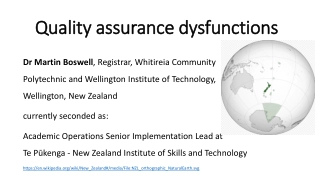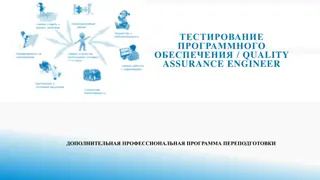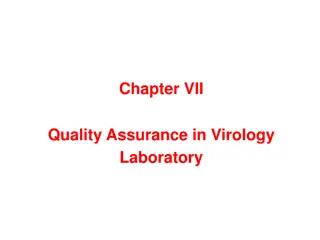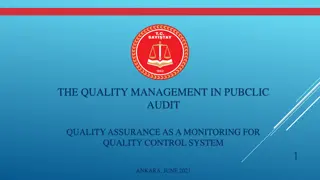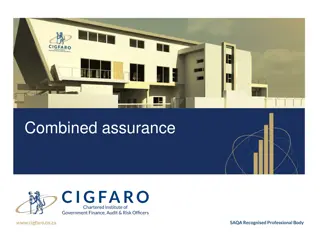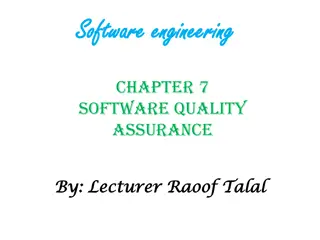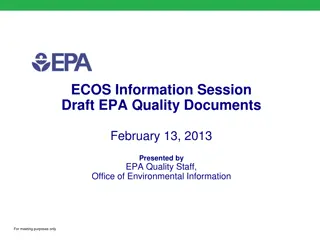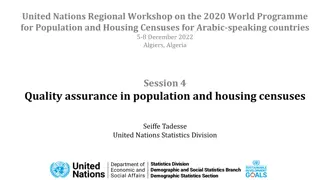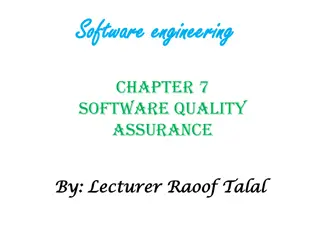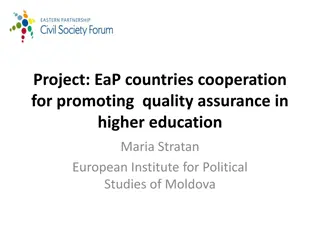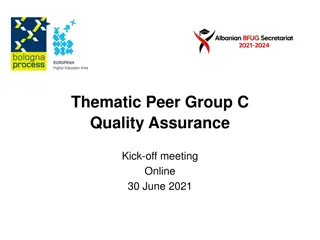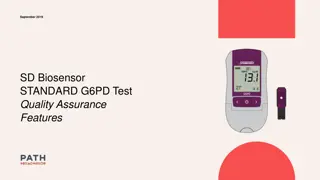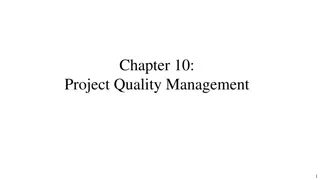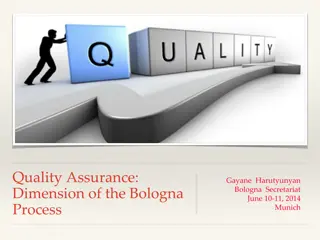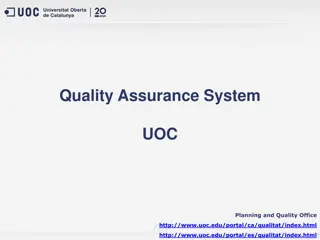Evolution of NMBU's Quality Assurance System
The journey of NMBU's Quality Assurance System from its roots to its current state, encompassing milestones such as academic autonomy, adherence to the Bologna process, and the development of a robust QA framework for continuous improvement.
Download Presentation

Please find below an Image/Link to download the presentation.
The content on the website is provided AS IS for your information and personal use only. It may not be sold, licensed, or shared on other websites without obtaining consent from the author.If you encounter any issues during the download, it is possible that the publisher has removed the file from their server.
You are allowed to download the files provided on this website for personal or commercial use, subject to the condition that they are used lawfully. All files are the property of their respective owners.
The content on the website is provided AS IS for your information and personal use only. It may not be sold, licensed, or shared on other websites without obtaining consent from the author.
E N D
Presentation Transcript
NMBU Quality Assurances System. Where we came from and where we are now Department of Academic Affairs, Head of Unit Iben N. Andersen 10. March 2016 NMBU Norwegian University of Life Sciences 2
Where we came from 1859 The Higher Agricultural College 1897 Norwegian Agricultural College (NLH) under Ministry of Agriculture 1994 - Common Law for HI. NLH new owners Norwegian Ministry of Church and Education 2000 Mj s utvalget (NOU 2000:14) Freedom with Responsibility 2002 NOKUT is established 2003 New law for HE Quality Reform to comply with the Bologna process. 2005 NLH s QA system is approved and NLH is accredited as a University 2010 NOKUT re-approve UMBs QA 2012 - National Qualification Framework (NQF) 2014 UMB emerges with NVH and NMBU is born NMBUs Bologna process Norwegian University of Life Sciences 3
Bologna process European Objectives Norway and NMBU Adopt the international standard of comparable degrees Establish a common system of credits - ECTS Bachelor and Master - 2004 (3+2+3) ECTS and new grading system - 2004 Increase student mobility and international cooperation. Recognition of qualifications Promote European co-operation in Quality Assurance Students participation in all levels Internationalization of research and education, new agreements, more mobility, Erasmus Developing a QA system - conditional Increased involvement by students in all university bodies Academic Autonomy Authorisation to establish and terminate study programmes NMBUs kvalitetssikringssystem Norges milj - og biovitenskapelige universitet 4
Academic Autonomy Refers to a university s capacity to manage its internal academic affairs independently Overall student numbers Admissions procedures Introduction of programmes at all levels Termination of degree programmes Language of instruction Selection of quality assurance mechanisms Selection of quality assurance providers NMBU Norwegian University of Life Sciences 5
Development of NMBUs QA system for both controlling and provide development 001: 2004-2008 Procedures for course and study program approvals, criteria for approval Course evaluations of all courses External study program evaluations Follow-up in the Education Committee and Academic Board Increased student participation in NMBU bodies Annual Report on Quality of Education Yearly dialogs with all Faculties and the Ministry NMBUs Bologna process Norwegian University of Life Sciences 6
Means of Developing the QA System Candidate Surveys Systematic contact with the labour marked National and international surveys and evaluations of study programmes Studiebarometeret (NOKUT) Shot-Survey - Norway's largest survey on students physical and mental health and well-being National Statistics (DBH) Student participation at all levels Very many routine descriptions was created NMBUs Bologna process Norwegian University of Life Sciences 8
Students have a key role in the processes of developing the University Students give feedback in various evaluations and are continuously in dialogue with the faculty / lecturer Contribute through representatives in all university bodies Two student representatives in the University Board Work actively in student democracy Students are a driving force in development and innovation NMBUs Bologna process Norwegian University of Life Sciences 9



